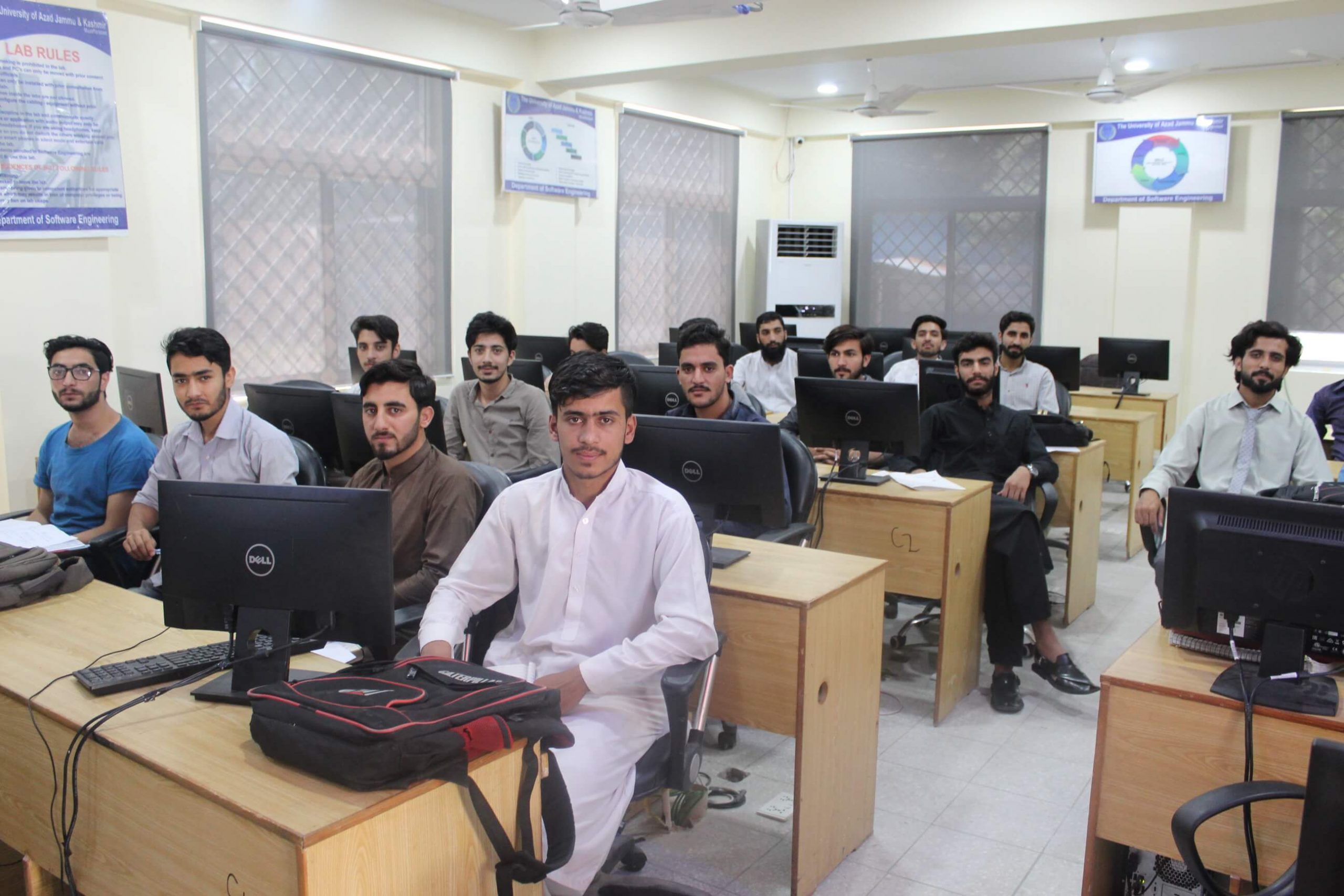Review of vectors, Ordinary Differentiation of Vector, Gradient of Scalar field, Divergence and Curl of Vector Field. Line, surface and volume integrals with theirapplications.
Electric field due to Discrete and Continuous Charge Distributions, Electrostatic Potential of discrete and Continuous charges, Gauss’s Law and its Applications, Lorentz Force and Hall Effect, Ampere’s Law, Magnetic Field due to current element (Circular Current Loop and Solenoid), Faraday’s law, and Maxwell’s equations.
Types of Waves and Superposition Principle, Wave Speed on a stretched string, Wave equation, Energy & Power of a Wave, Principle of Superposition and Standing Waves. Simple Harmonic oscillations. Forced & damped oscillations.
Huygens Principle, Two-slit interference, Single-Slit Diffraction, Resolving power of Optical Instruments, Lasers and laser light, Working principle of lasers.
Planck’s explanations of Black Body Radiation, Photoelectric Effect, Compton Effect,De-Broglie Hypothesis, Atomic Nucleus and Properties of Nucleus, Radioactive Decay and Radioactive Dating.
The electrical properties of solids, Energy level in crystalline solids, Insulators, metals, semiconductors, doped semiconductors. The p-n Junction, The Transistor.
Explain the basics of Semiconductor materials and devices especially diodes and Learn how to distinguish various basic electronic components
Applying different techniques to solve complex circuits for unknown quantities.
Analyze the working of different circuits.
Perform the experiments, generate and interpret results to observe the working of different circuit comprising resistors, diodes, BJTs and other electronic devices in the lab.(Lab)
Lectures (audio/video aids), Written Assignments/ Quizzes, Tutorials, Case Studies relevant to engineering disciplines, Semester Project, Guest Speaker, Industrial/ Field Visits, Group discussion, Report Writing
Mid Term, Report writing/ Presentation, Assignments, Project Report, Quizzes, Final Term
Halliday, Resnick and Walker, “Fundamentals of Physics” 10th Edition Extended.
Hugh D. Young and R.A. Freedman, University Physics. 12th Edition
Raymond A Serway and John W. Jawett, Jr. Physics for Scientists and Engineers with modern Physics, 09th Edition.

There are 133 total credit hours to complete the Software Engineering degree.
